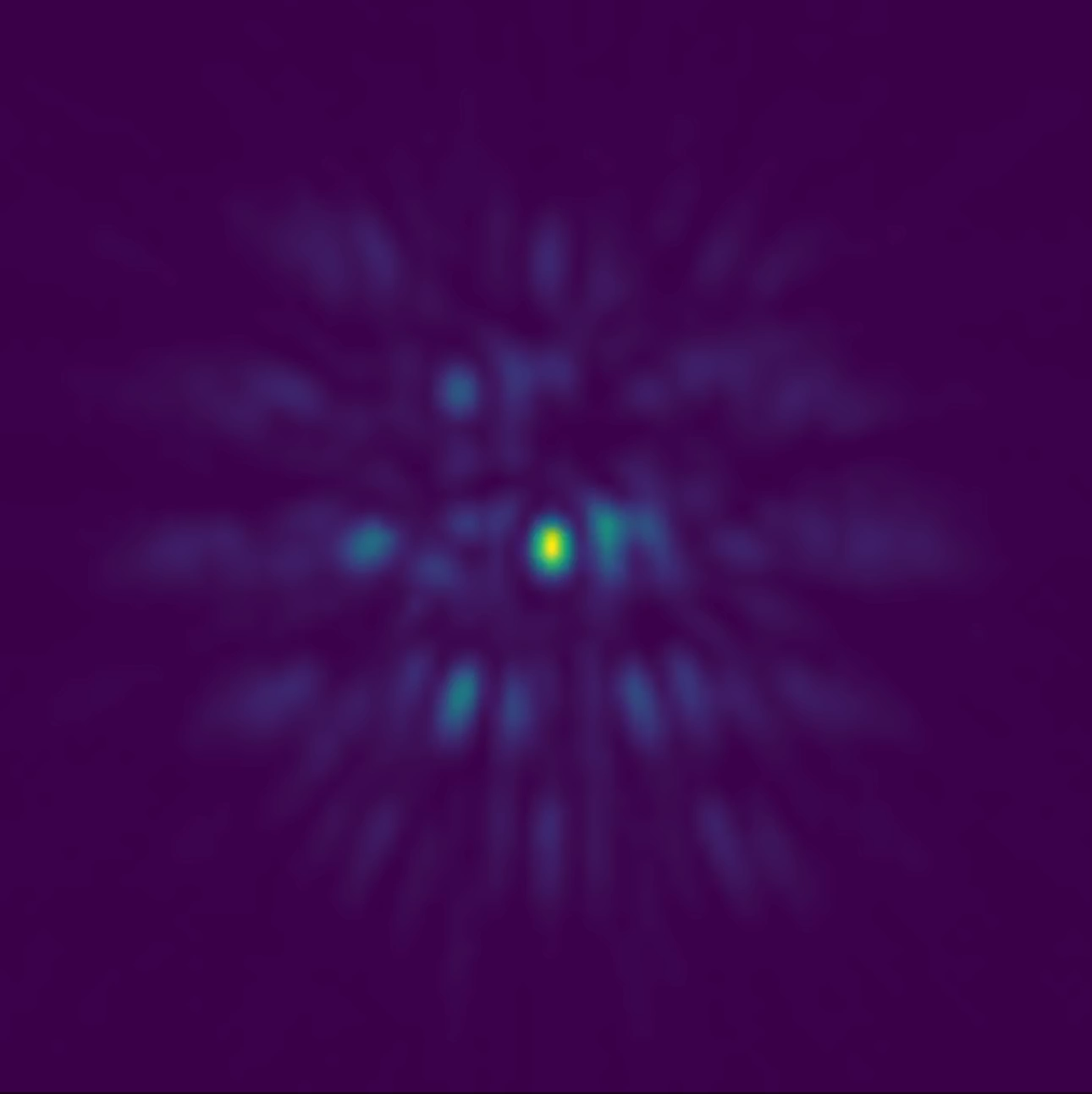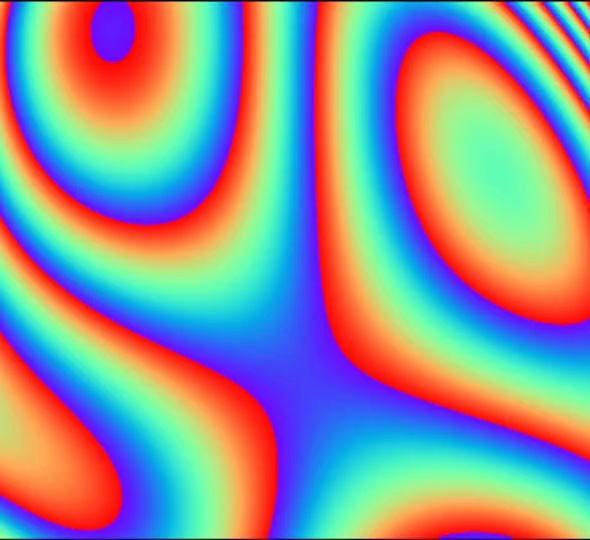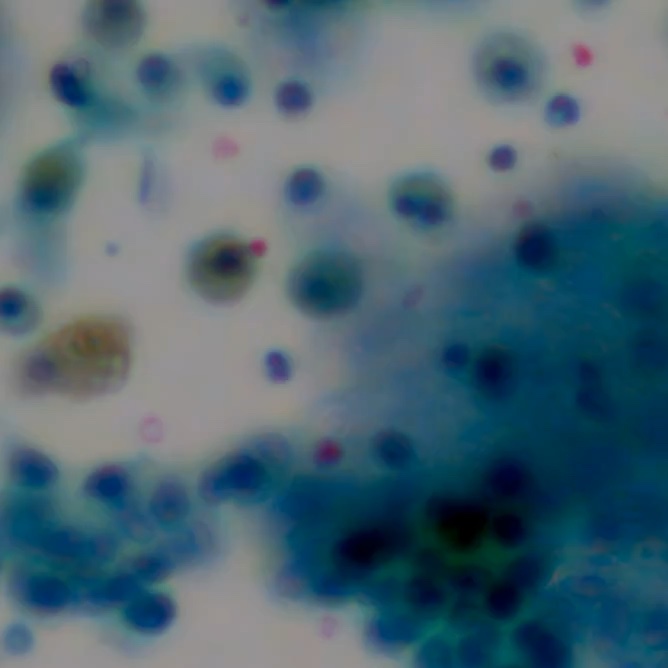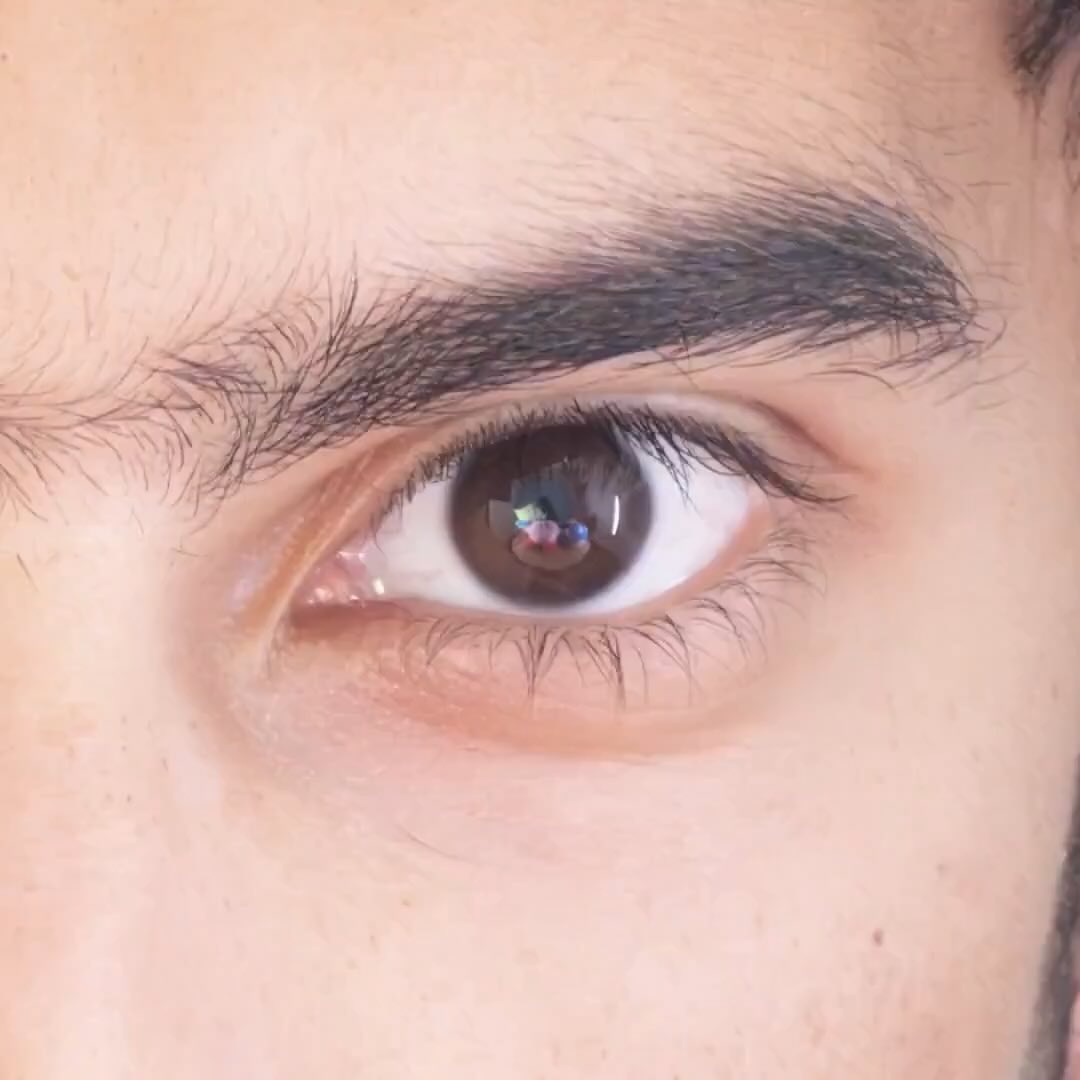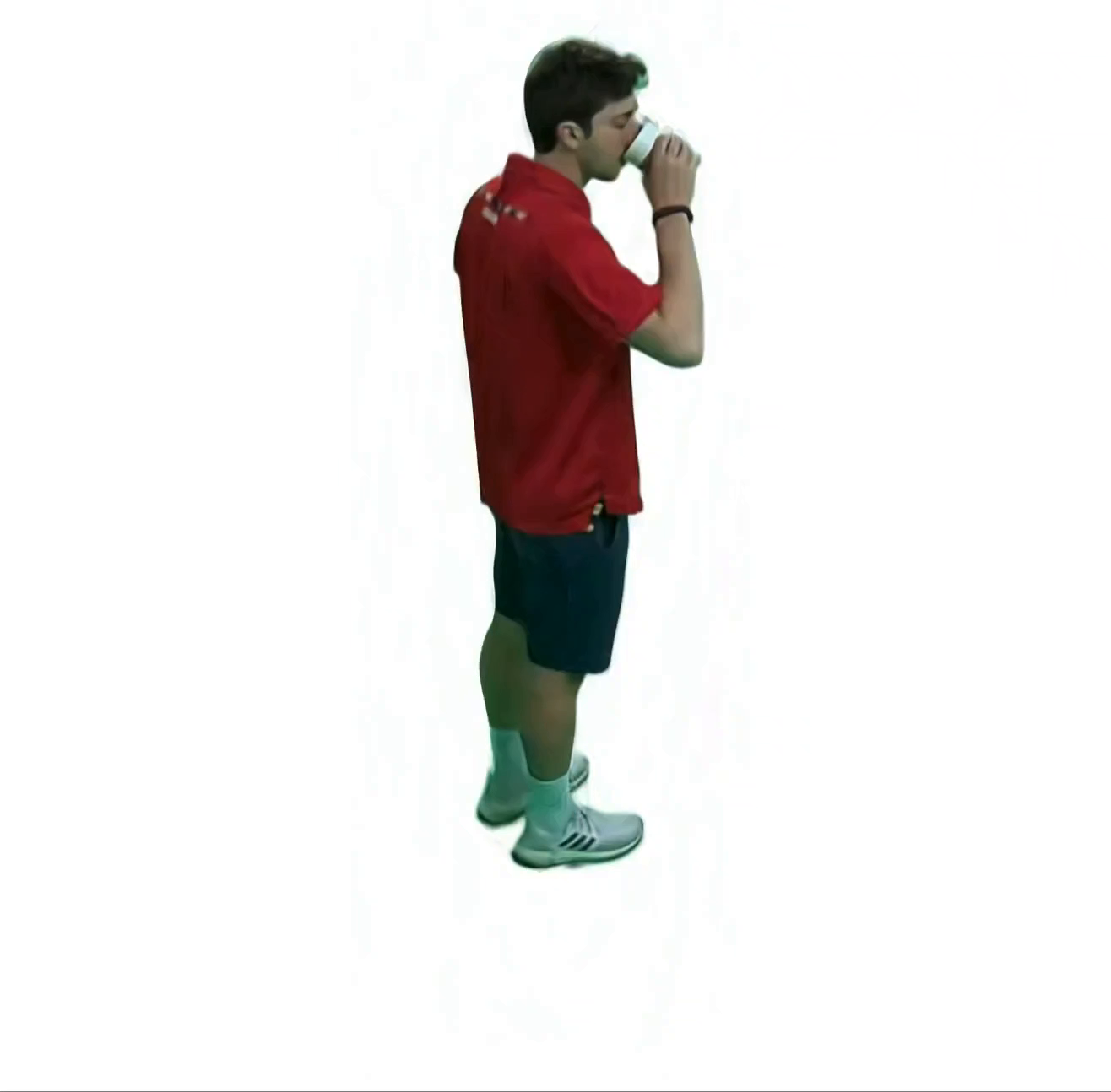I am an incoming Assistant Professor of Computer Science at UT Austin. Prior to UT, I was a Postdoctoral Associate at MIT CSAIL, working with William T. Freeman. I did my PhD in Computer Science at the University of Maryland, advised by Amitabh Varshney. Before that, I was an undergrad at the University of Virginia, majoring in Computer Science and Statistics.

